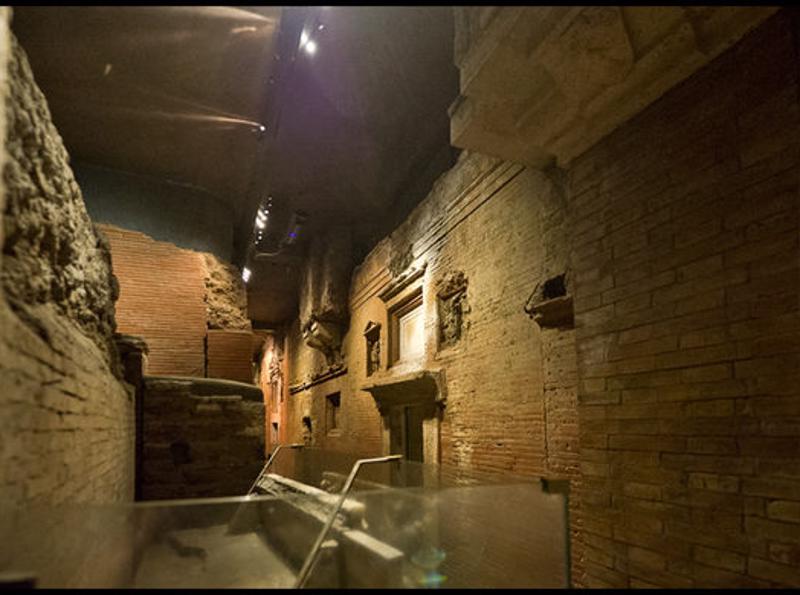Rome
Beneath Saint Peter’s Basilica is a necropolis full of history of not only the church but of pagan Rome as well. During the time of the empire, this area of Vatican Hill was the spot in which Romans came to bury loved ones as well as remember their ancestors as it was forbidden to bury the dead inside the city walls. According to tradition, this is the spot where Peter was said to be buried, particularly because it is near the Circus of Nero where he was martyred. This mausoleum, to the despair of many Romans, was covered over by the orders of Emperor Constantine in order to build the first St. Peter’s church above the grave of Peter the apostle. In order to do this, the hill was flattened, covering the necropolis and filling it with soil. During the 1940s, the areas was rediscovered while carrying out excavations for the burying of Pope Pius IX, who wished to be laid to rest near the body of St. Peter. Archeologists found the necropolis as well as evidence of a temple of Constantine, frescoes, and what they believed to be the bones of Peter. Today, it is a site for visitors to appreciate history as well as visit what is widely considered St. Peter’s tomb.
Christian Rome
January 20, 2019
|
Rome, Italy
Beneath Saint Peter’s Basilica is a necropolis full of history of not only the church but of pagan Rome as well. During the time of the empire, this area of Vatican Hill was the spot in which Romans came to bury loved ones as well as remember their ancestors as it was forbidden to bury the dead inside the city walls. According to tradition, this is the spot where Peter was said to be buried, particularly because it is near the Circus of Nero where he was martyred. This mausoleum, to the despair of many Romans, was covered over by the orders of Emperor Constantine in order to build the first St. Peter’s church above the grave of Peter the apostle. In order to do this, the hill was flattened, covering the necropolis and filling it with soil. During the 1940s, the areas was rediscovered while carrying out excavations for the burying of Pope Pius IX, who wished to be laid to rest near the body of St. Peter. Archeologists found the necropolis as well as evidence of a temple of Constantine, frescoes, and what they believed to be the bones of Peter. Today, it is a site for visitors to appreciate history as well as visit what is widely considered St. Peter’s tomb.

Share your travel adventures like this!
Create your own travel blog in one step
Share with friends and family to follow your journey
Easy set up, no technical knowledge needed and unlimited storage!